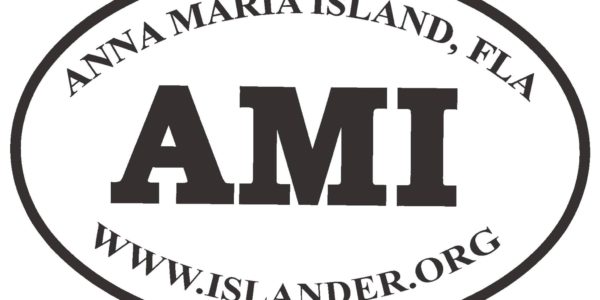I took a Spin scooter for a spin on a Sunday in July.
I had a heck of a good time.
And , I promise I posed no menace to society.
I’d watched news reports on Tampa’s pilot program for shared electric scooters that indicated abandoned electric scooters were piling up on Tampa sidewalks, that renters were leaving their rides on roadways and riders were crashing into pedestrians and racing on interstates.
I’d also read reports from other cities in Florida and elsewhere in the United States, under headlines assigning to e-scooters the ability to act — to invade campuses and threaten neighborhoods.
The reports conveyed a sense that e-scooter programs cause serious casualty and calamity.
But I still wanted to test drive an e-scooter.
And, in an afternoon scooting around the Tampa Heights neighborhood, I saw only one mishap — when the driver of a truck failed to brake at a stop sign before turning right, causing a scooter rider to jump and tumble.
When I tried to ride a scooter onto the Tampa Riverwalk, a restricted zone, I hit a geofence. A warning sounded, my scooter powered down and I turned around.
As for abandoned scooters, I saw a few parked on sidewalks, possibly because their operators didn’t want to deposit another $10 in their app accounts to ride a few more minutes.
Tampa introduced its yearlong pilot program in collaboration with four vendors — Spin, Bird, Lime and Jump — and by my account it seems to be working.
I was a joy rider, but the e-scooters also fill a transportation niche.
The scooters can go about 15-20 mph and travel 20 miles on a single charge, providing a way for people to travel short distances, replacing short automobile rides to reduce traffic levels, improve mobility and reduce emissions.
Transit riders use the e-scooters to meet “last-mile” needs — to go the distance between a bus stop and a destination. Imagine riding an e-scooter from the Key Royale Club to the trolley stop at Key Royale and Marina drives, catching the trolley to the Anna Maria City Pier and then picking up another scooter to ride the short distance to our favorite sushi restaurant.
Maybe scooter providers need to educate more people on rules and regulations, and perhaps some policies in the test cities need revising, but we’re still revising rules and educating people about driving automobiles 121 years after the debut of the Model T. We’re not advocating a ban on automobiles because people park in no-parking areas.
So maybe the leaders in the island cities — including officials in Holmes Beach — should think about how to make shared scooter programs work for the community, rather than enact prohibitions.
Enacting a moratorium to figure out how best to implement a program, I understand.
But I don’t understand prohibiting a type of transportation that could reduce the number of automobiles on roads and polluting our air.
Sharing a scooter
To rent a shared scooter, download a vendor’s app to a smartphone and create an account.
Use the app to scan a QR code on the scooter, which unlocks and activates the scooter.
In Tampa, scooter operators must be 16 years or older and have either a driver’s license or permit.
Riders must obey traffic laws, including yielding the right of way to a pedestrian.
And riders should park courteously by returning scooters to designated corrals — designated by striping on pavement — and leaving them upright on sidewalks.
This column was published in The Islander newspaper.
Archives for The Islander are online here.
